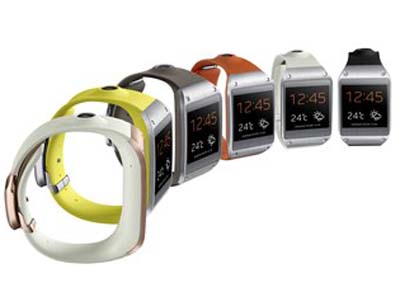The people who are likely to buy a wearable product in the next six months are tech savvy, highly social and extremely style conscious (S³), and will lead the next wave of wearables adoption.
IDC research finds that wearable intenders are comfortable with technology (89%) and over three-quarters (76%) check their smartphone first thing in the morning. They are also extremely social, with 87% using Facebook, including 29% who check Facebook hourly. Over half (54%) of intenders agree with the statement, “When I don’t check social media, I wonder what I am missing” – commonly known as FOMO or fear of missing out.
Moreover, wearables intenders are highly style conscious, as indicated by their agreement with the following statements:
* “I am conscious of how I present myself” – 81%
* “How I dress is important to me” – 77%
* “My clothing is an expression of who I am” – 66%
* “The accessories that I wear (eyeglasses, watch, jewelry) say something about me” – 63%
Interest in wearables is high, with nearly three quarters (74%) agreeing that “Wearables technology is exciting” and 71% agreeing with the statement “I believe wearables is the next big thing in technology.” Another two-thirds (65%) of intenders agree that “Wearables technology will positively impact daily life.”
“Intenders are enthusiastic about wearables but have hesitated to actually purchase a device. This implies that companies have not yet cracked the code to deliver something that is both functional and fashionable. Given that intenders are highly style conscious, companies clearly need to focus on the aesthetics of their product – perhaps even more so than the features,” says Allen Fromen, vice-president and consulting partner for IDC’s Global Buyer Behaviour Practice.
Wearable intenders’ preferred brands differ by category, with the most preferred brands being Apple (52%) for smartwatches, Fitbit (37%) for fitness trackers, Google (36%) for eyewear, and Nike (40%) for clothing.
“We are still in the early stages of the wearables market and that gives companies throughout the ecosystem opportunity to grab mind share and market share,” says Ramon Llamas, research manager with IDC’s Wearables team. “Intenders are gravitating towards tech companies for wearables because tech companies have helped pioneer and move the market forward.
“What will be interesting to observe is how tech companies partner with non-tech companies to develop new applications, or even how non-tech companies can compete in this space. Our research shows interest for both.”

